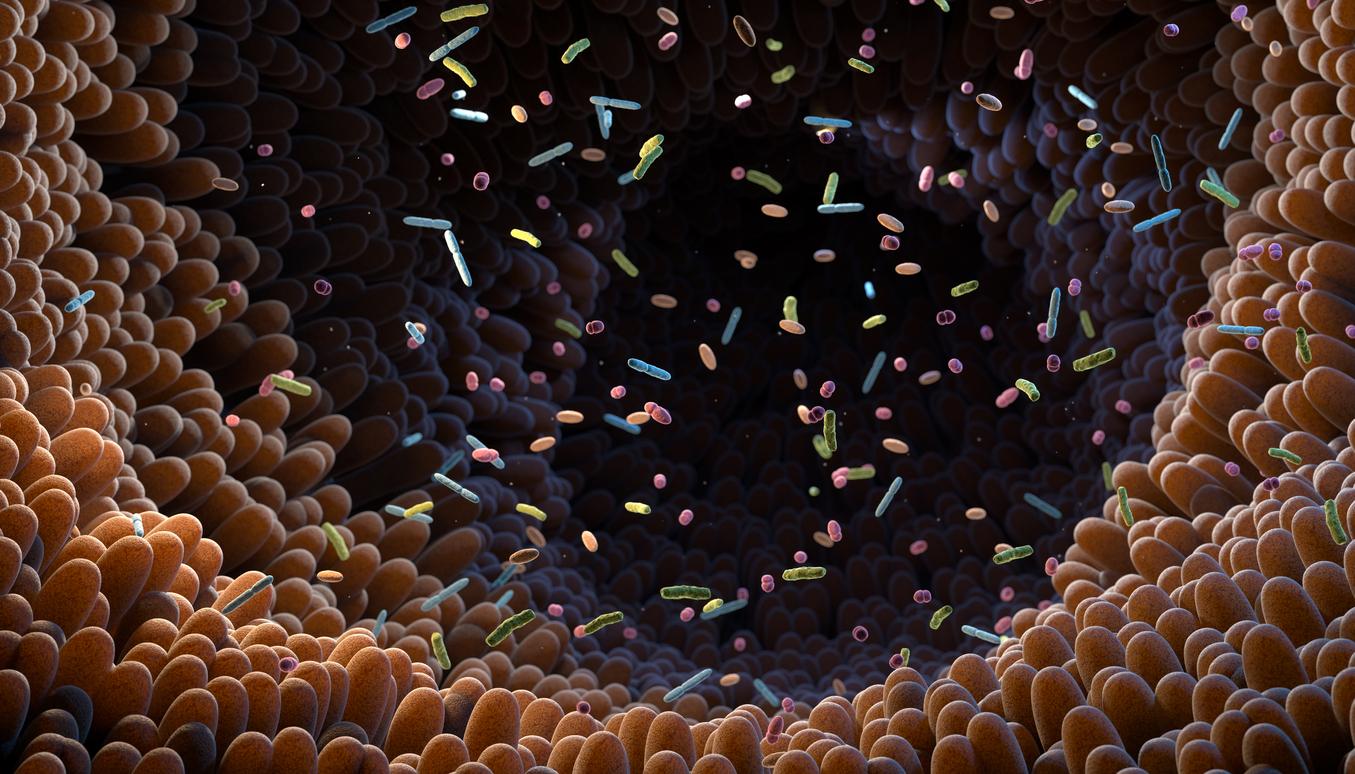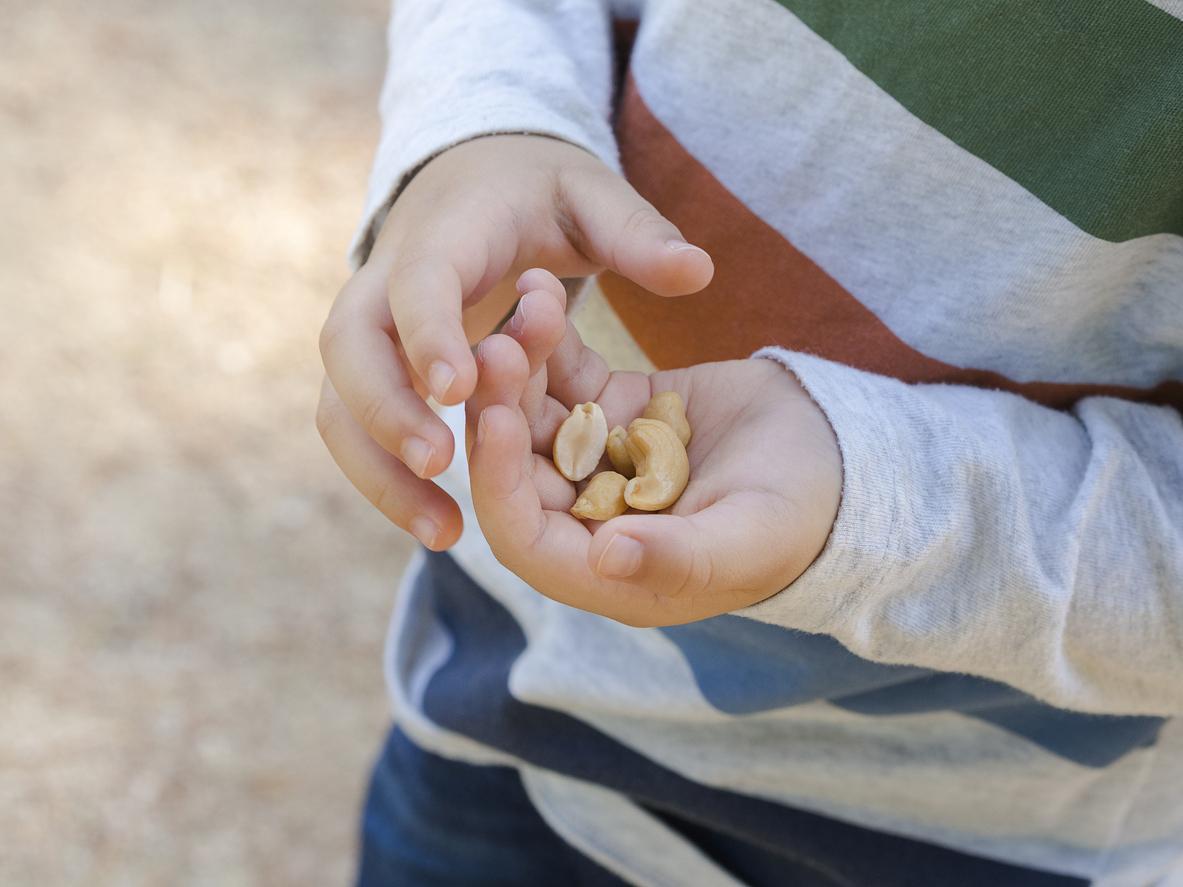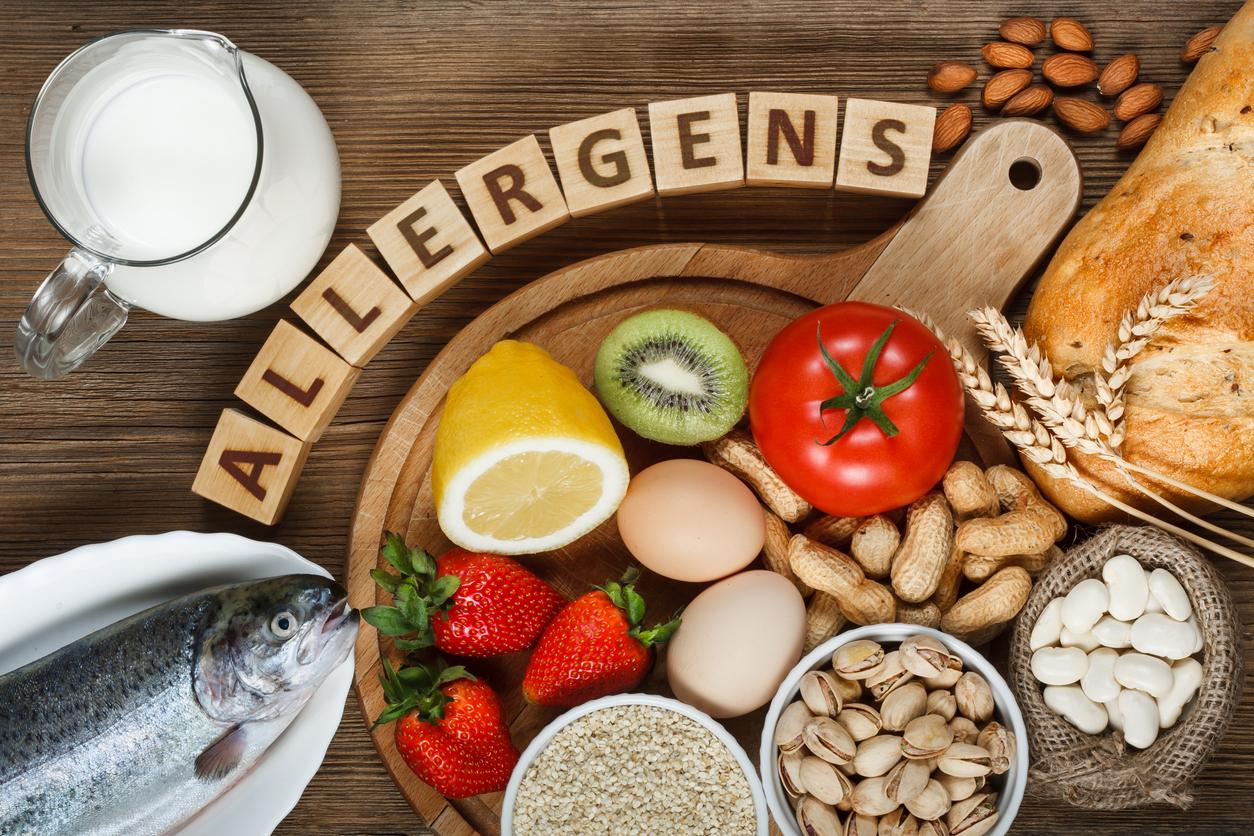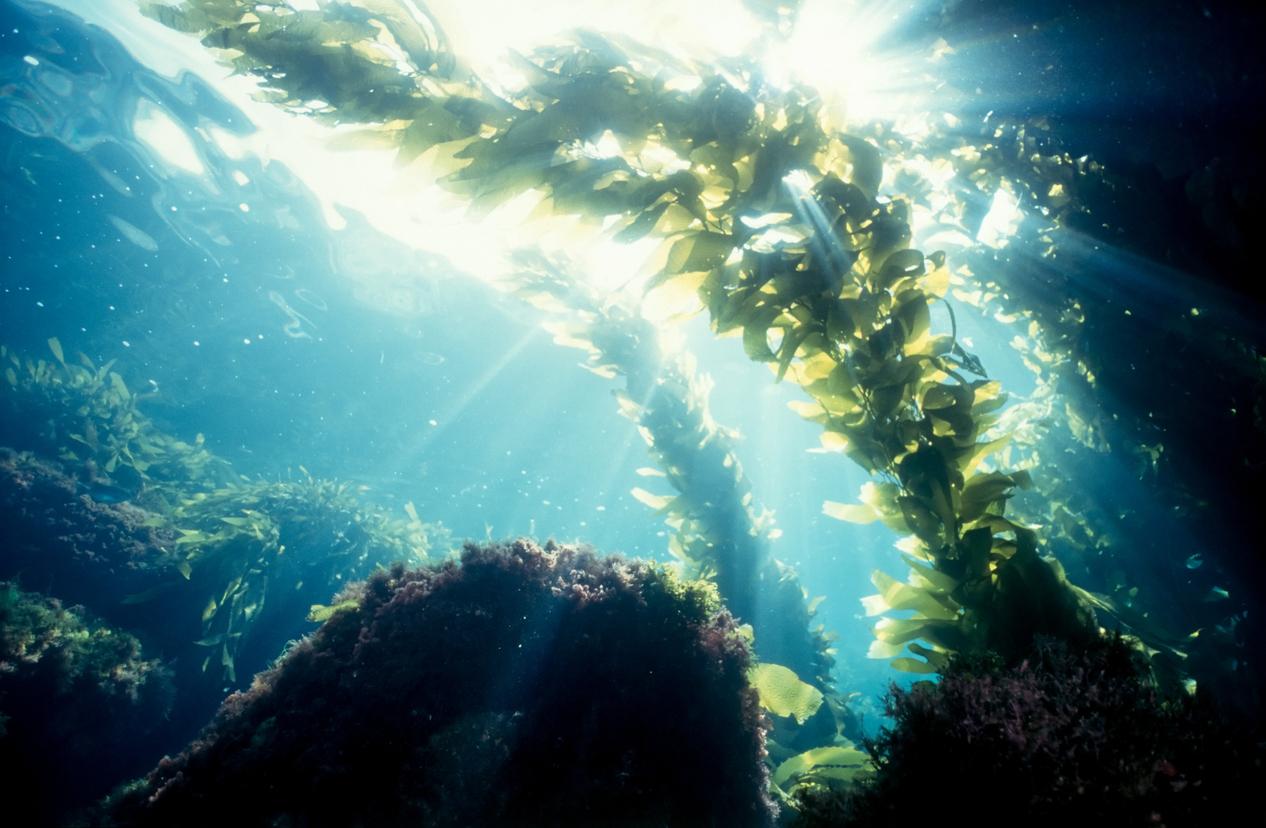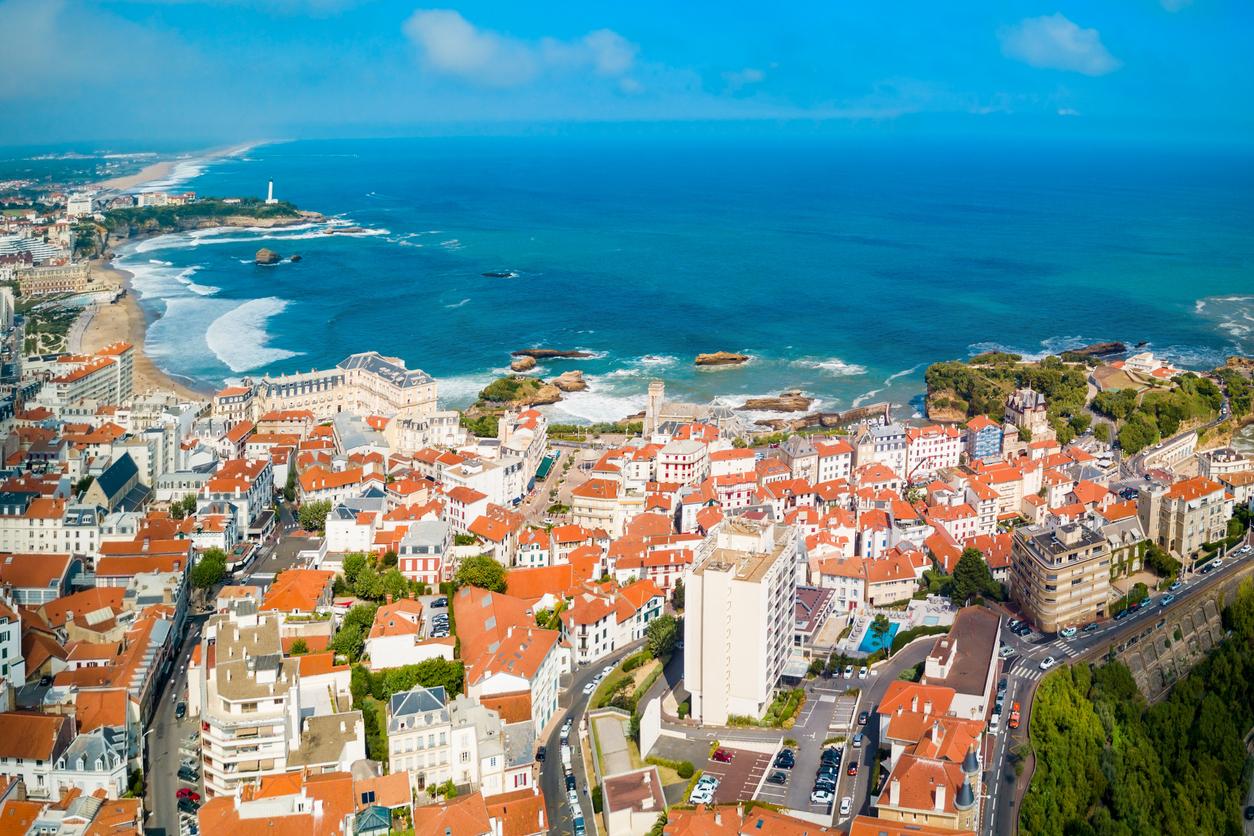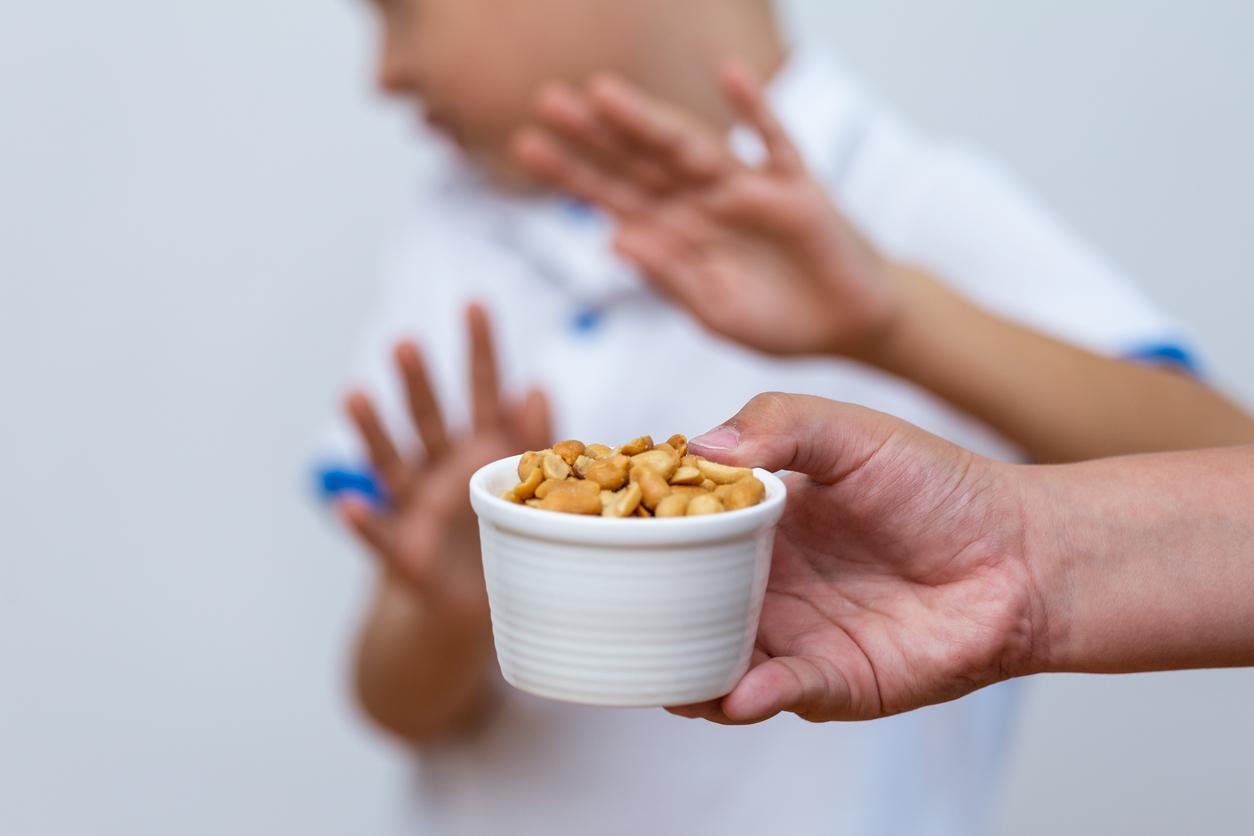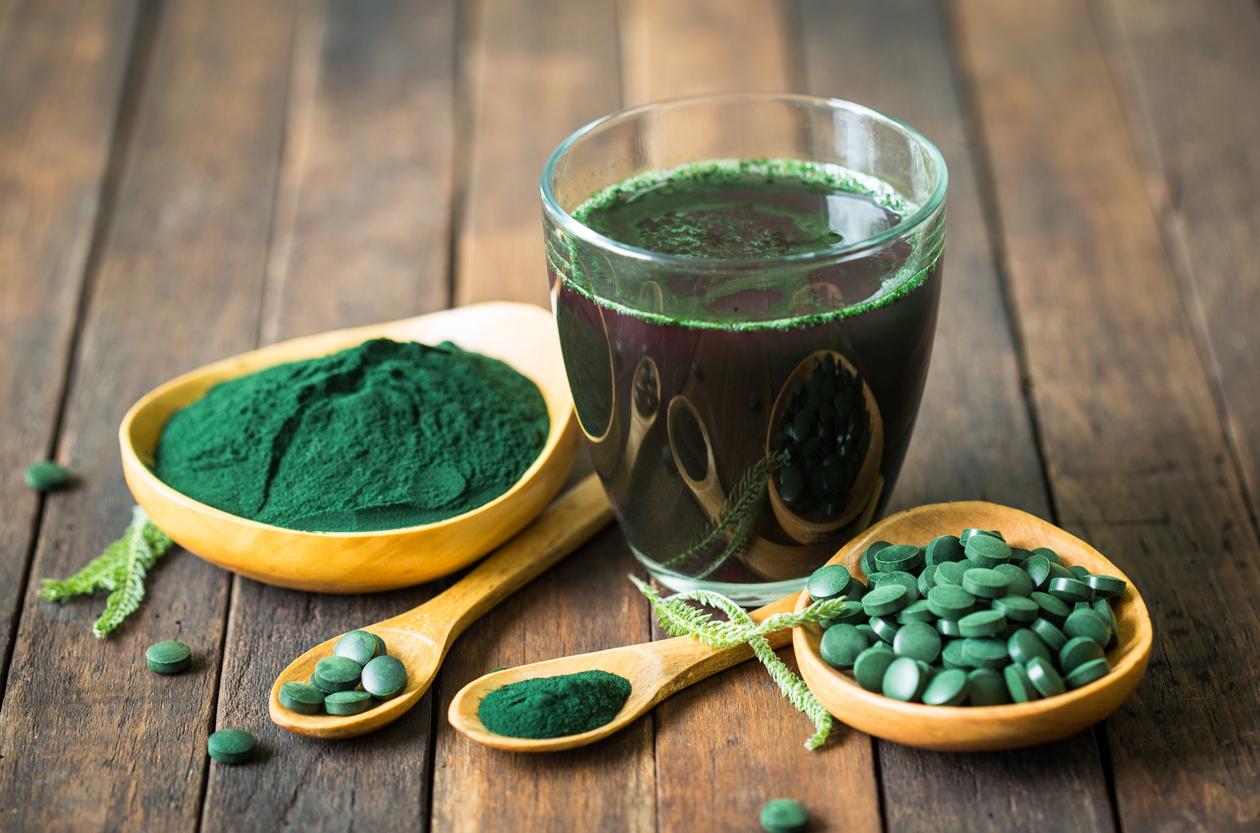A red algae would be effective against food allergies. The polysaccharide molecules are said to be the key to alleviating the symptoms.

Food allergies are a real public health problem: they affect 2 million people in France. Chinese scientists are interested in the anti-allergic and preventive effects of red algae, Gracilaria lemaneiformis, against these allergies. The study was published in the journal Journal of Agricultural and Food Chemistry.
Anti-allergenic and anti-asthmatic effects
Gracilaria lemaneiformis is better known under the name of “Ogonori”. This seaweed is used primarily in Japanese, Filipino, and Hawaiian cuisine. Chinese scientists noticed that it was made up of a large amount of polysaccharides (complex carbohydrate molecules). According to previous studies, these molecules have anti-allergenic and anti-asthmatic effects.
This is why the researchers decided to test Gracilaria lemaneiformis. They took the mouse as a model. They formed two groups: the first consisted of normally fed rodents; the second was fed with Gracilaria lemaneiformis.
Both groups of mice were allergic to tropomyosin, an allergenic protein found in many crustaceans. The Chinese scientists then fed this protein to the mice for trigger the phenomenon of food allergy. They noticed, several hours later, that the mice that ate red algae showed less pronounced symptoms than those that ate normally. These results pave the way for new treatments for food allergies.
Two million people affected
Food allergy is a set of exaggerated immune reactions most commonly in the skin or digestive tract, occurring after ingestion of a particular food. This food is normally harmless to the body, but can trigger an allergy under certain circumstances.
In this case, the immune system of the intestine reacts quickly, causing a wide variety of inflammatory symptoms. In France,progressive allergy concerns 3% of the population and 8% of children have a food allergy. It would affect 5 to 7% of children under the age of 15.

.









